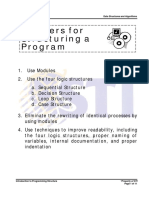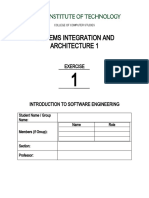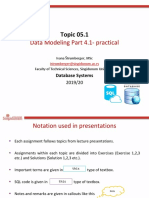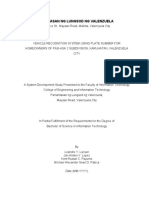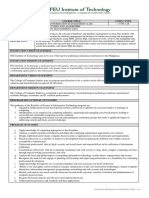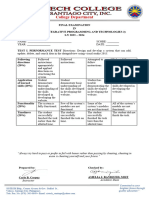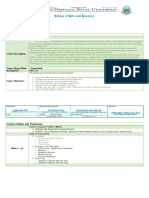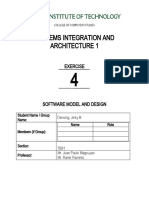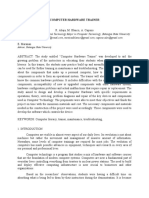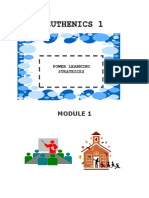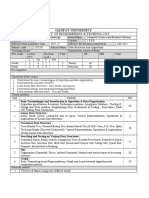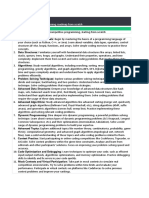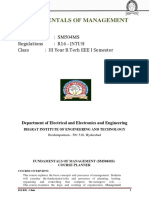0% found this document useful (0 votes)
167 views18 pagesChapter 7 Problem Solving With Loops
The document discusses different types of loop structures used in programming including while/while-end loops, repeat/until loops, automatic counter loops, and nested loops. It also covers topics like incrementing and accumulating values in loops, flowcharts to represent loop logic, and using indicators to control loop processing. Recursion is introduced as another type of loop structure where a function calls itself.
Uploaded by
latishyCopyright
© © All Rights Reserved
We take content rights seriously. If you suspect this is your content, claim it here.
Available Formats
Download as PDF, TXT or read online on Scribd
0% found this document useful (0 votes)
167 views18 pagesChapter 7 Problem Solving With Loops
The document discusses different types of loop structures used in programming including while/while-end loops, repeat/until loops, automatic counter loops, and nested loops. It also covers topics like incrementing and accumulating values in loops, flowcharts to represent loop logic, and using indicators to control loop processing. Recursion is introduced as another type of loop structure where a function calls itself.
Uploaded by
latishyCopyright
© © All Rights Reserved
We take content rights seriously. If you suspect this is your content, claim it here.
Available Formats
Download as PDF, TXT or read online on Scribd
/ 18





